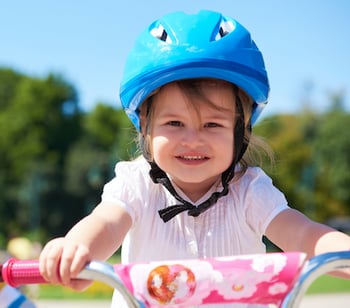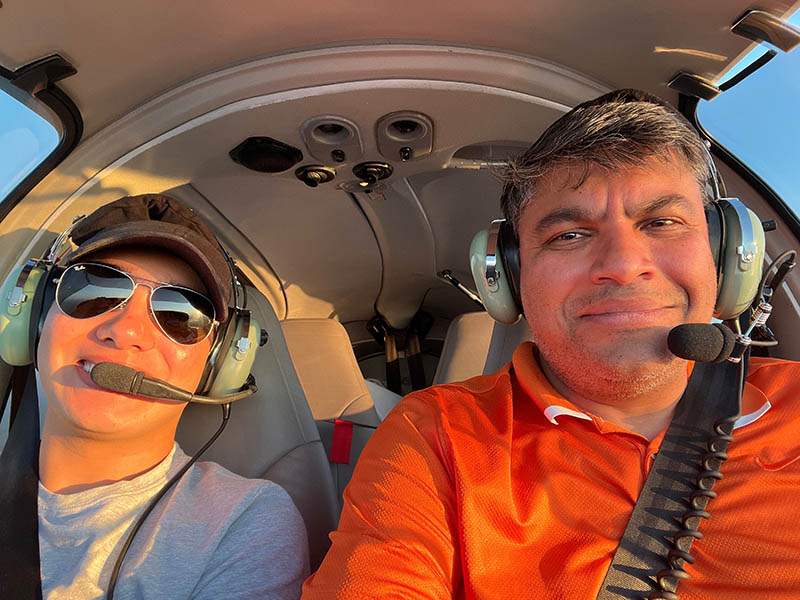 Whether your child is active or prefers to play inside, there’s no debate that movement and exercise are an important part of their life. Running around at recess, playing sports on a team, or dancing to their favorite music are all fun things they may enjoy doing in their free time. However, you may not be aware that moving around can also help them learn.
Whether your child is active or prefers to play inside, there’s no debate that movement and exercise are an important part of their life. Running around at recess, playing sports on a team, or dancing to their favorite music are all fun things they may enjoy doing in their free time. However, you may not be aware that moving around can also help them learn.
This is also true for adult learners and people who work full time. It is now a popular part of the workday to take “stretching breaks” or use standing desks to help keep the body moving and the brain engaged. There are similar principles at work for your child learning in school or at home.
Kinetic Learning
Although the “learning styles” methodology has been mostly debunked (nobody is exclusively one kind of learner and different subjects require different teaching methods), there is some truth to the idea of kinetic learning. Basically, this is the idea that some students learn better while they are moving and that incorporating gestures and exercise into their schoolwork can help them retain and recall information.
Generally speaking, children learn best when the information is taught to them in more than one way. For example, they can read about a topic in their textbook, have a discussion about it with their classmates, and then practice the ideas related to the topic by working on a relevant project. When it comes to movement, even adding something as small as hand gestures to the information helps it stick in your child’s mind.
This is because physical activity and motion activate certain parts of the brain, improve cognitive function, and therefore have a positive impact on learning. Of course, spending some energy in physical ways can also help your child focus and keep them engaged. At Math Genie, the program integrates fun exercise and movements into the lessons to keep your child engaged and learning, as well as helping them practice good working habits.
Movement and Learning at Home
These methods for adding movements can be fun, too. Adding things like pantomime and little dances to their lessons keeps them engaged in the material without them getting bored during a long school day. Acting out vocabulary words is also a helpful way for young students to understand those words. For example, if they are learning the word “doctor,” they can spend some time acting out what a doctor does, even playing pretend they are at a hospital. If the game catches on, they will even practice these actions (their vocabulary words) in their free time. This also works the same way if they are learning a second language.
There are many ways to incorporate movement into your child’s learning structure so they have fun while learning. Your child’s teacher is probably already practicing some methods, so feel free to ask about them. They can be fun for you to do with your child!





